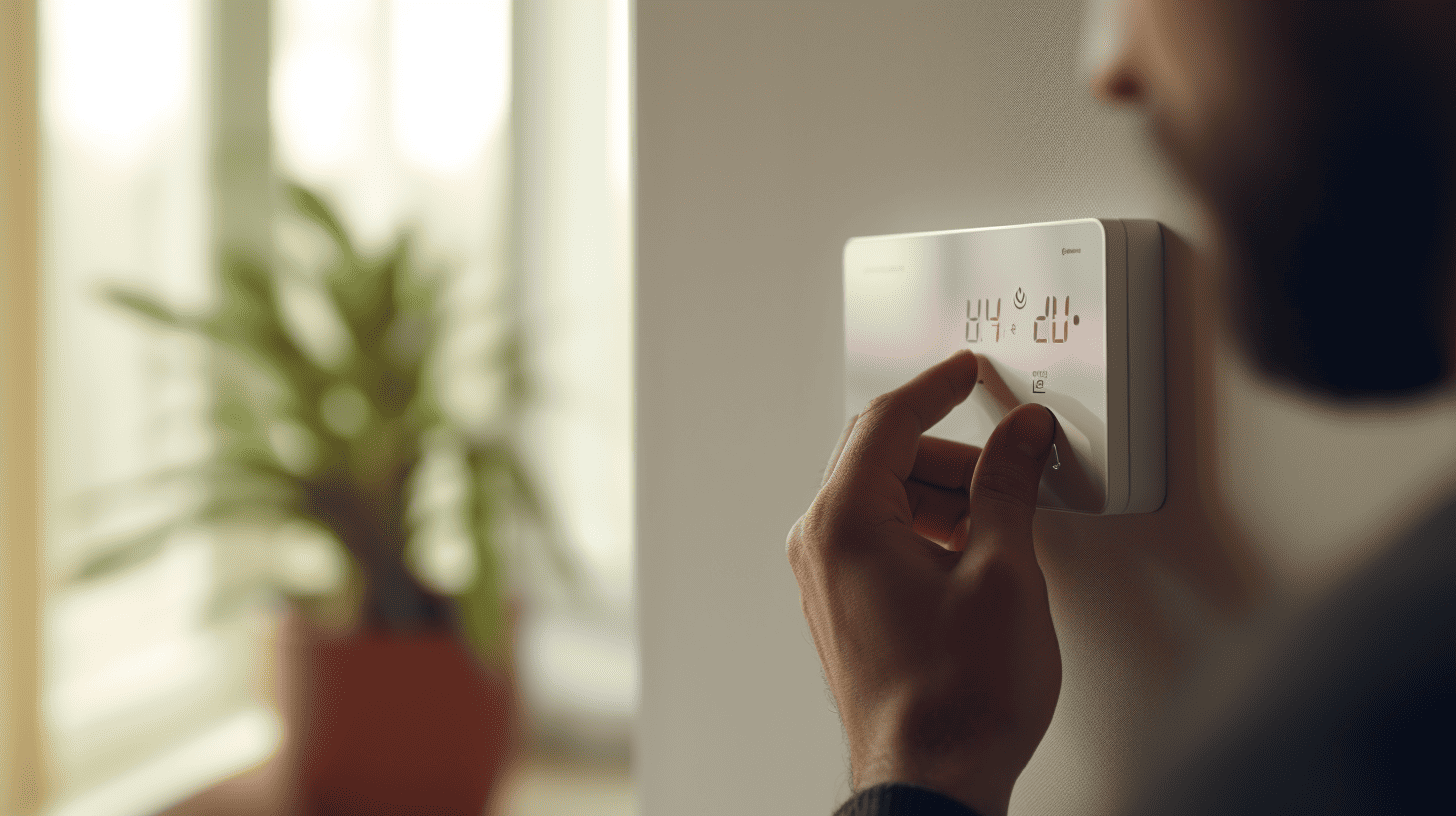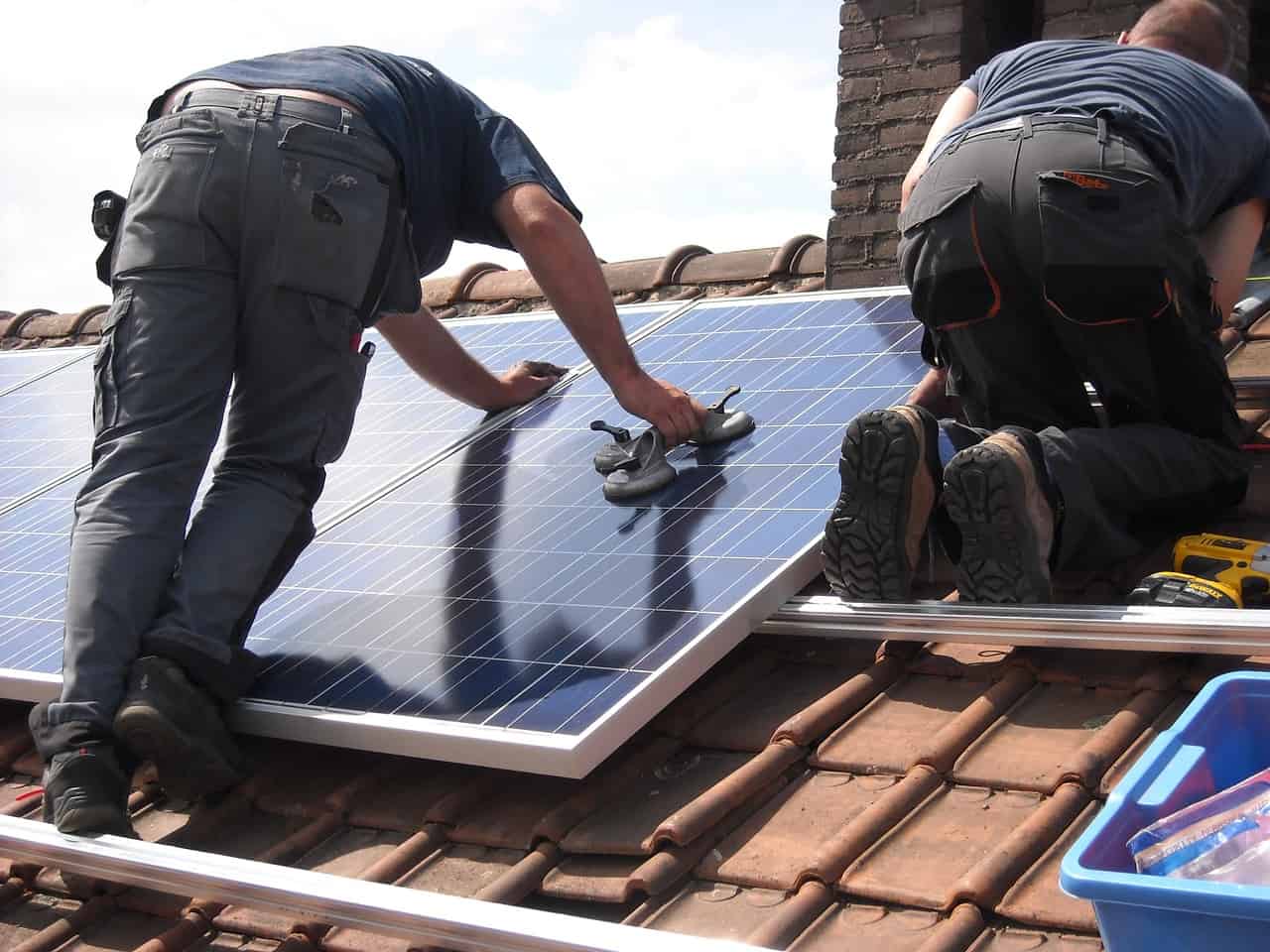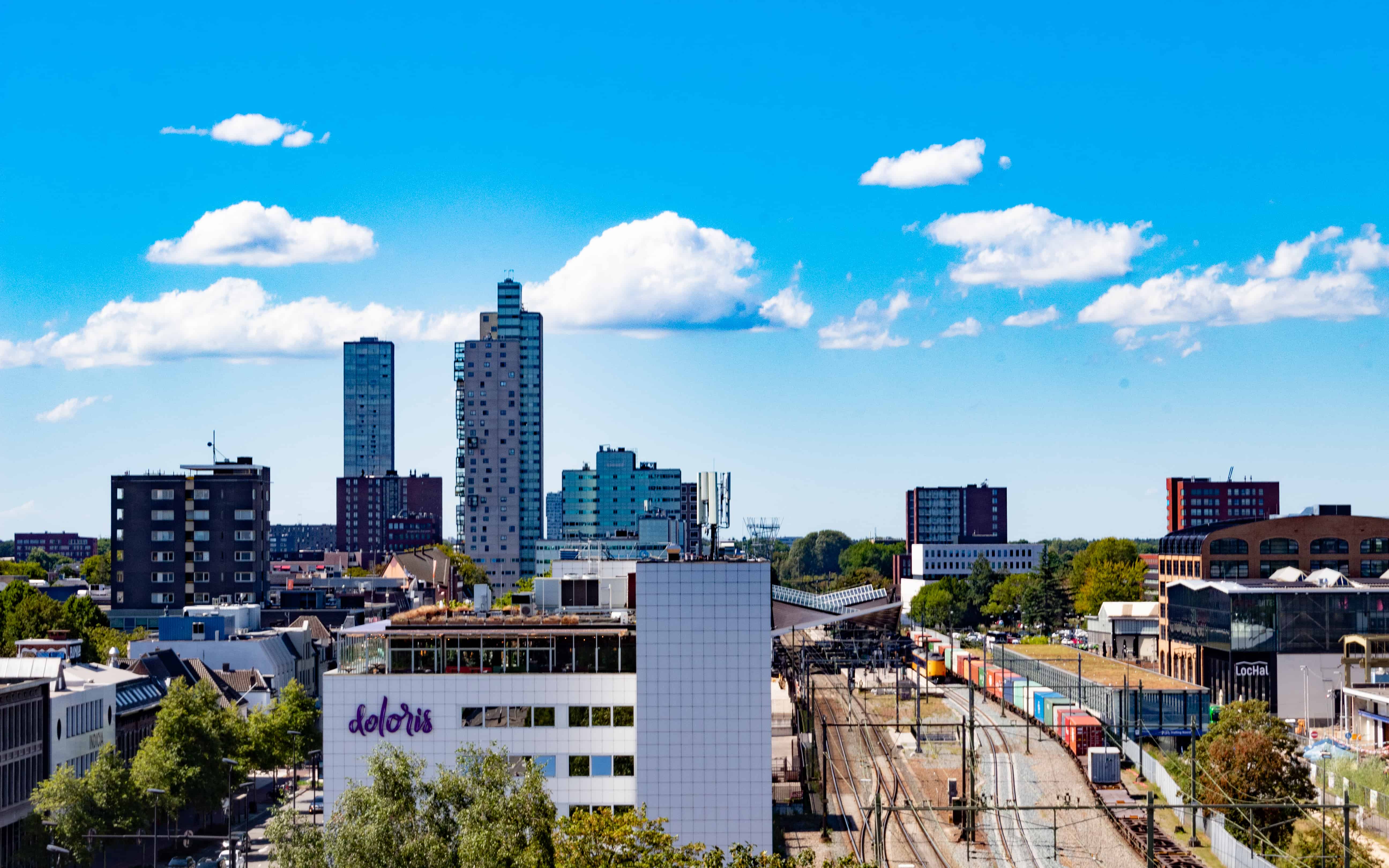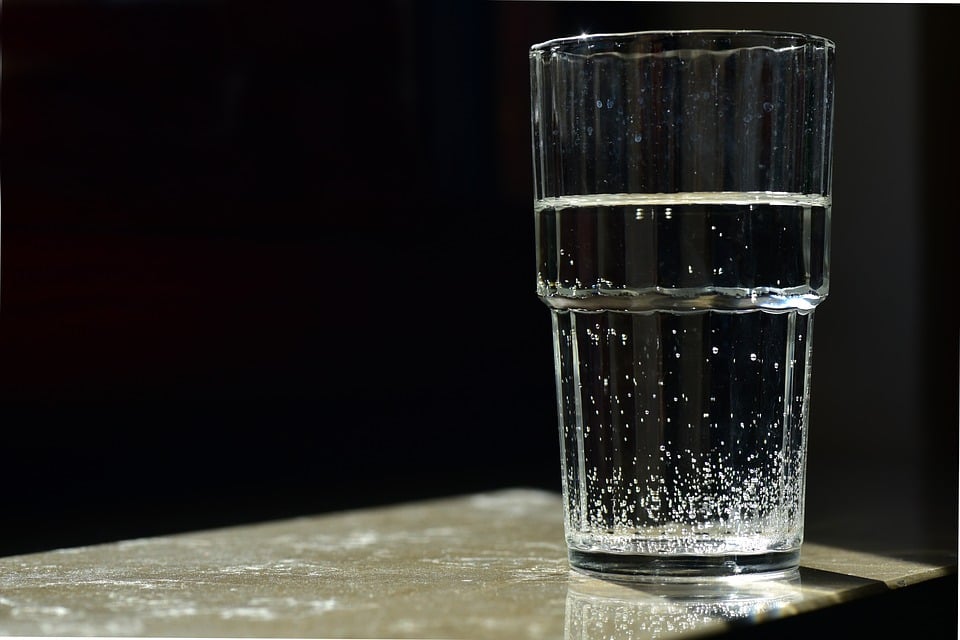
After gas and commodity prices recently skyrocketed, it is now the turn of our drinking water. As of 2023, the cost increase for an average Dutch household will vary anywhere between €20 and €50. This is partly because suppliers will have to spend more money on materials and costs. Water supply companies are also required to invest significantly more in the sustainable recovery of drinking water. In addition, the Dutch cabinet believes that we should all reduce our use of drinking water by twenty percent .
Over the past few years, Innovation Origins has spoken with several companies that are making use of innovative techniques to conserve water. We have listed five of these innovations below for you.
1. A smart toilet bowl
Sometimes it seems like there is never an end to the copious amounts of water that flow down the toilet bowl after you flush a toilet. That is definitely something that can be done more efficiently. IPEE NV, an Antwerp-based start-up, launched a smart toilet and urinal on the market that determine automatically how much water is needed for flushing. You don’t even have to tap a button to perform that task.
Founders Jan Schoeters and Bart Geraets: “With our self-developed sensor technology, we are able to very accurately monitor how toilets and urinals are being used. This is how we can optimize flushing habits. If you then link the plumbing via the Internet of Things (IoT) to the software of building management systems, you can also gain better control over cleaning and maintenance.”
By only flushing when a toilet has been effectively used, the company achieves savings of up to fifty percent in busy locations that rely on automatic flushing.
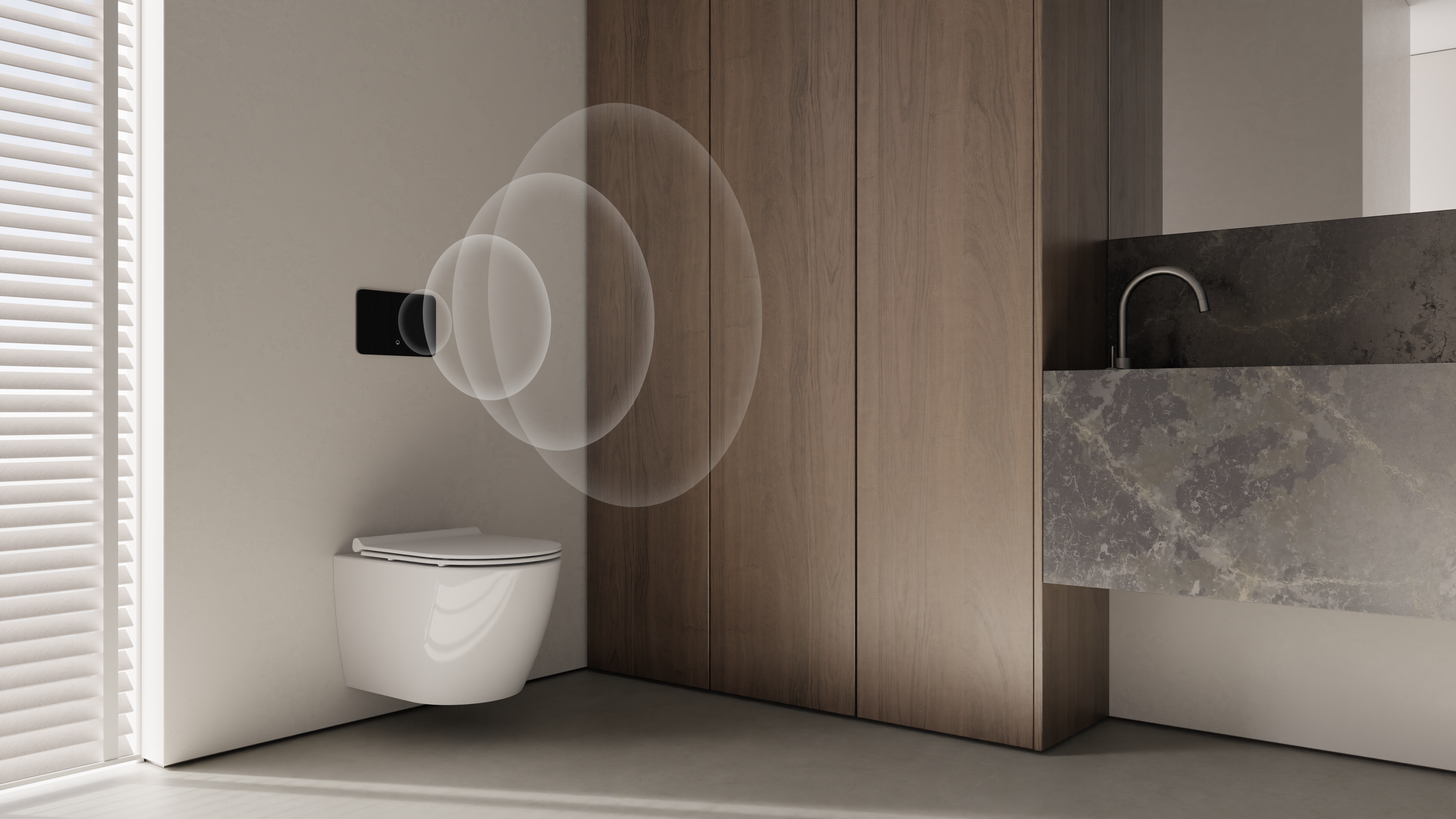
2. Flushing with rainwater
Or how about a rainwater toilet? What makes more sense than using rainwater from your own gutter to flush your toilet? ADanish project has since shown that this is feasible on a grand scale. Danish residents of the new housing estate Nye in Aarhus are already using treated rainwater for their washing machines and to flush their toilets.
“Precipitation that falls on the roofs is discharged into a basin – essentially an artificial lake – where other sources of rainwater and surface water also flow,” Maria Faragó, a PhD student at the Technical University of Denmark told us explaining how it works. “Near the basin, there is a water treatment plant that filters the water to a healthy level. From the plant, the water is then piped to reservoirs and then through a separate pipe system to the homes.”

3. A savvy washing machine
Similarly, Mimbly from Sweden can help us conserve water. The start-up developed the Mimbox, a device you can connect to your washing machine that recycles used water while also filtering out microplastics.
Robin Griffiths, Sales and Business Development Manager at the company, explains to us how their solution works. “It’s an add-on solution for washing machines. The unit, which is slightly smaller than the washing machine itself, is capable of recycling water and conserves up to 50 percent that way. What’s more, there are even more benefits to using the Mimbox. Namely, it removes up to 80 percent of microplastics from water. Such as microparticles that are released from a polyester jacket.”
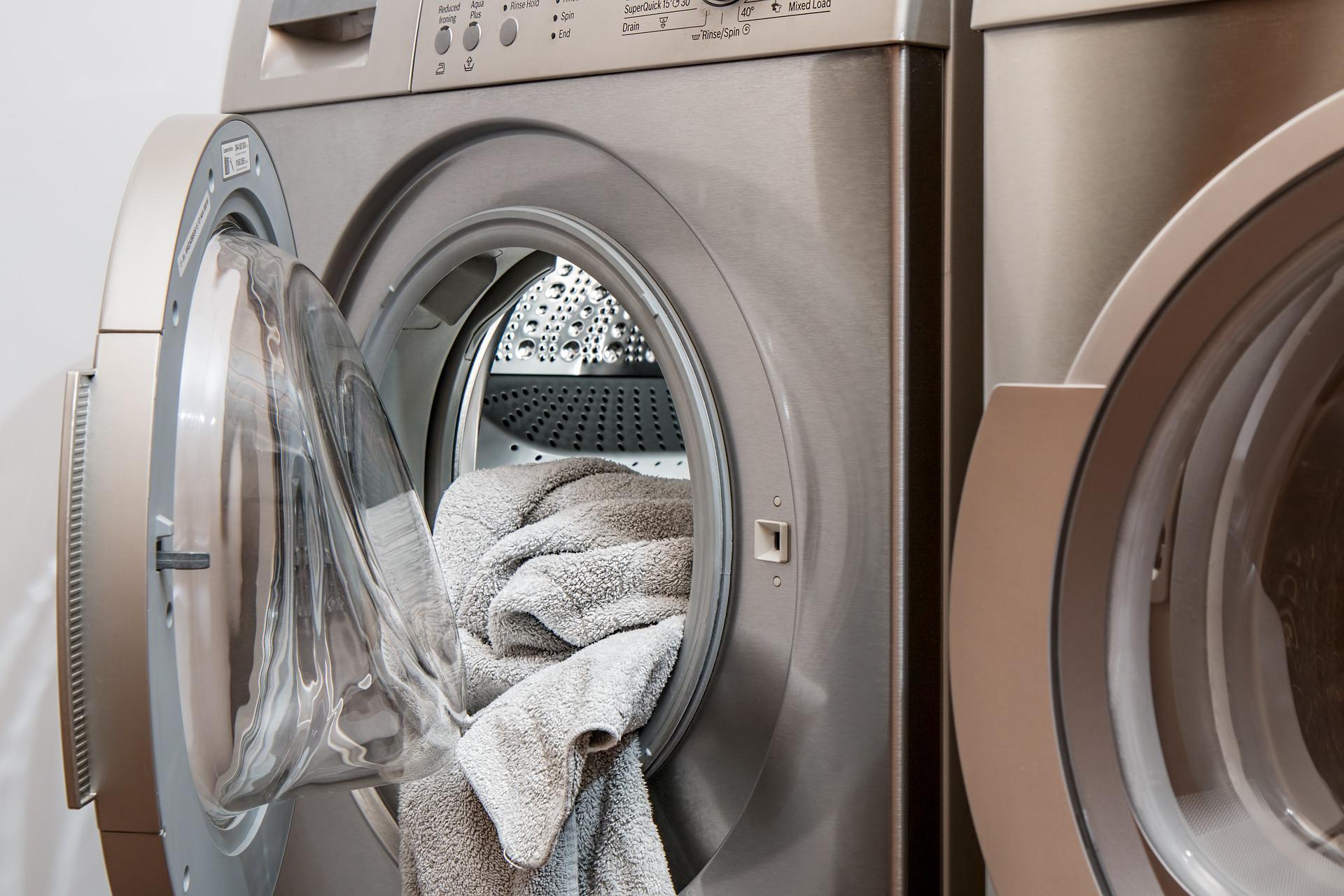
4. Reusing shower water
Incidentally, why not take a nice long shower and still manage to conserve water? Hydraloop also focuses on recycling water. The company is developing a domestic water recycling system that enables you to reuse the water from your bath or shower for your garden or toilet, to name a few uses.
This start-up uses an innovative technique to clean these sources of water, founder Sabine Stuiver told Innovation Origins: “We use UV radiation and a bioreactor and other innovative methods. These methods basically don’t need any maintenance.”
The solution will cut down on tap water by up to 45 percent and still allow you to live in comfort.

5. A window check
Last but not least, we desperately need water to keep our homes or offices very clean. For one thing, windows need cleaning from time to time. But when is it exactly the right time to wash those windows? Does the facade on a freeway get dirty as quickly as the facade where trains ride past? The smart box from the start-up Heimdall Sensor Intelligence predicts when it’s time for a wash. That not only conserves water, but also chemicals and employee hours.
The principle: A holder the size of a ATM card contains a sensor. You attach that holder to the inside of the window and the sensor measures a few times every day how dirty it is. That avoids wasting unnecessary water on that one window, which sometimes actually turn out not even to be that dirty.



